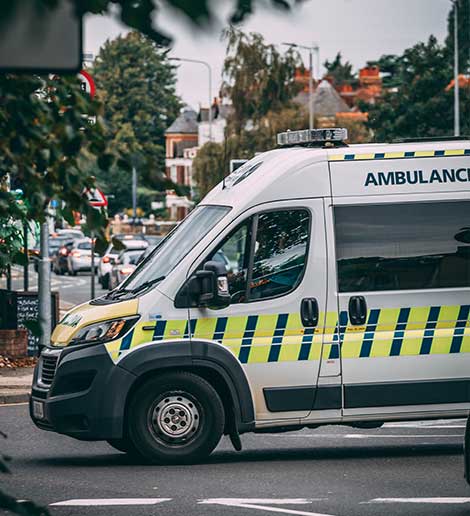
High EH&S can often provide rapid response to an urgent situation. We can provide phone support until we are able to have a consultant respond to your location. See emergency contact procedures.
Our team is able to support your organization in preparing for the worst. From developing your emergency action plan (EAP) to training your workforce on how to respond to critical events, we have it covered.
Emergency Action Plans:
OSHA requires that employers maintain an emergency action plan which addresses how different types of emergencies will be addressed in the workplace. Employees need to be trained on the plan. Often these are limited to fire evacuation and fail to consider all the other potential events that could impact an operation such as but not limited to severe weather, active shooter, hazardous materials spills, gas leaks, medical emergencies, explosions and civil unrest. We can help you develop an effective and compliance emergency action plan for your site.
Crisis Plans:
Crises plans help address non-operational aspects of an emergency. This includes dealing with the media and addressing operational recovery of the business. These plans can be incorporated into an emergency action plan, but sometimes are best managed as a separate program. We can provide crises plan development training and guidance for organizations wishing to shore-up their resilience to an adverse event.
Medical Emergencies:
Many of our staff have direct experience as emergency responders. We are able to train your employees in First Aid, CPR and use of an AED in accordance with OSHA’s requirements (29 CFR 1910.151).
It is not enough to train workers in First Aid, CPR and AED use. For an optimal response, there needs to be an organizational program and practice. Most workers have not had to react under severe and/or high-stress situations involving life and death decisions. By practicing these skills, laying out specific response duties and working as a team, improved responses can be expected. Seconds count when individuals are in respiratory or sudden cardiac arrest. The effectiveness of a response determines if a co-worker will live or die. We can help you develop a high-functioning response team which can include continuing education, triage practices and organizational administration.
We can assist with organizational readiness reviews to determine where your group ranks in its ability to respond to an emergency in the workplace.


Bloodborne Disease Prevention:
In addition to the above, workers who are designated to respond to medical emergencies are covered by OSHA’s regulations on blood borne disease. We can help you develop a compliant policy and provide annually required training.
Equipment Support:
In addition to being a distributor for Philips and Cardiac Science (Zoll) AEDs, we have located unique rescue and recovery products that help ensure your staff is ready to deal with any emergency.
Fire Suppression:
Our team can provide hands-on (when proper location and precautions are available) or classroom-based fire extinguisher use training. Annual training is required for sites intending to permit use of a fire extinguisher by employees and as defined in your Emergency Action Plan.
Spill Response:
If you have an internal spill response team, you will likely need to comply with 29 CFR 1910.1200 known as Hazwoper (Hazardous Waste Operations and Emergency Response). This regulation requires initial training of no less than 24 hours and annual training to meet specific competencies. We can assist your organization in developing response protocols for specific hazardous materials within your operations. We can provide Hazwoper training to your response team and recommend specific response equipment that will be needed to comply with spill response regulations.